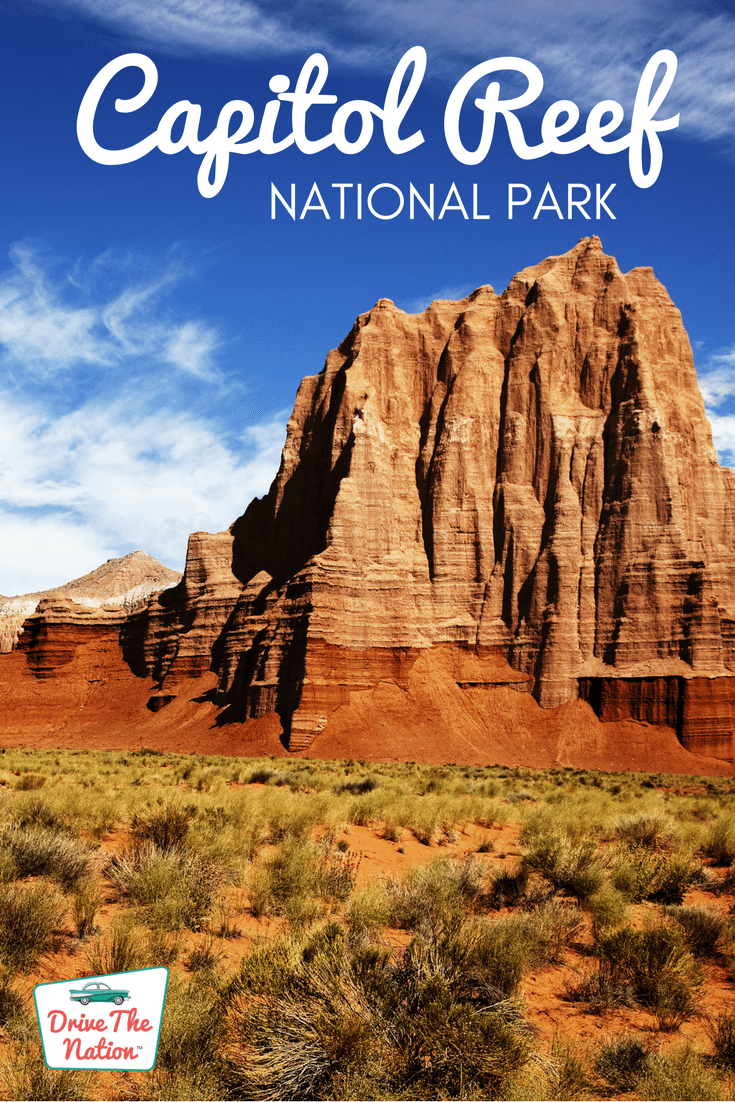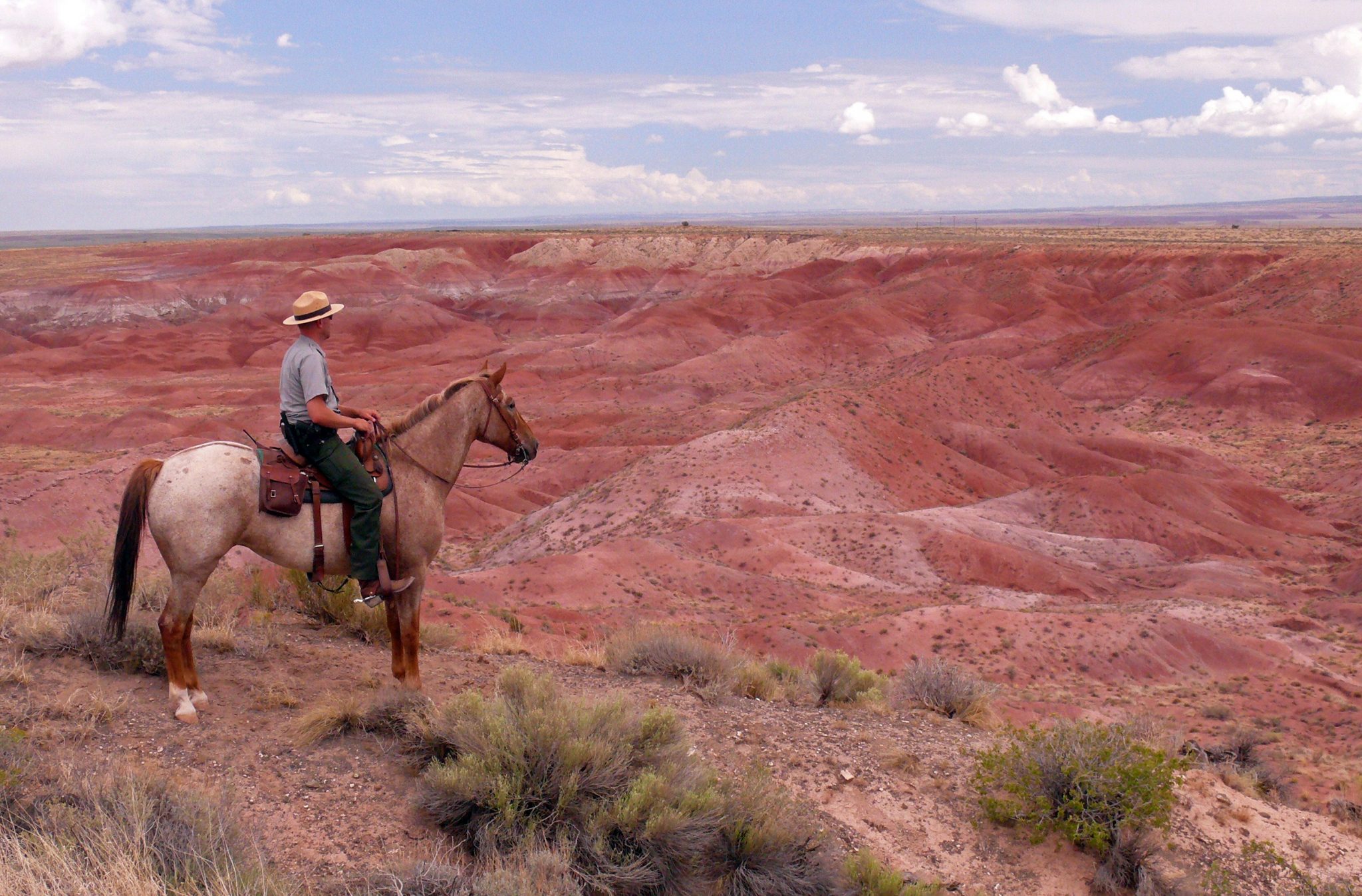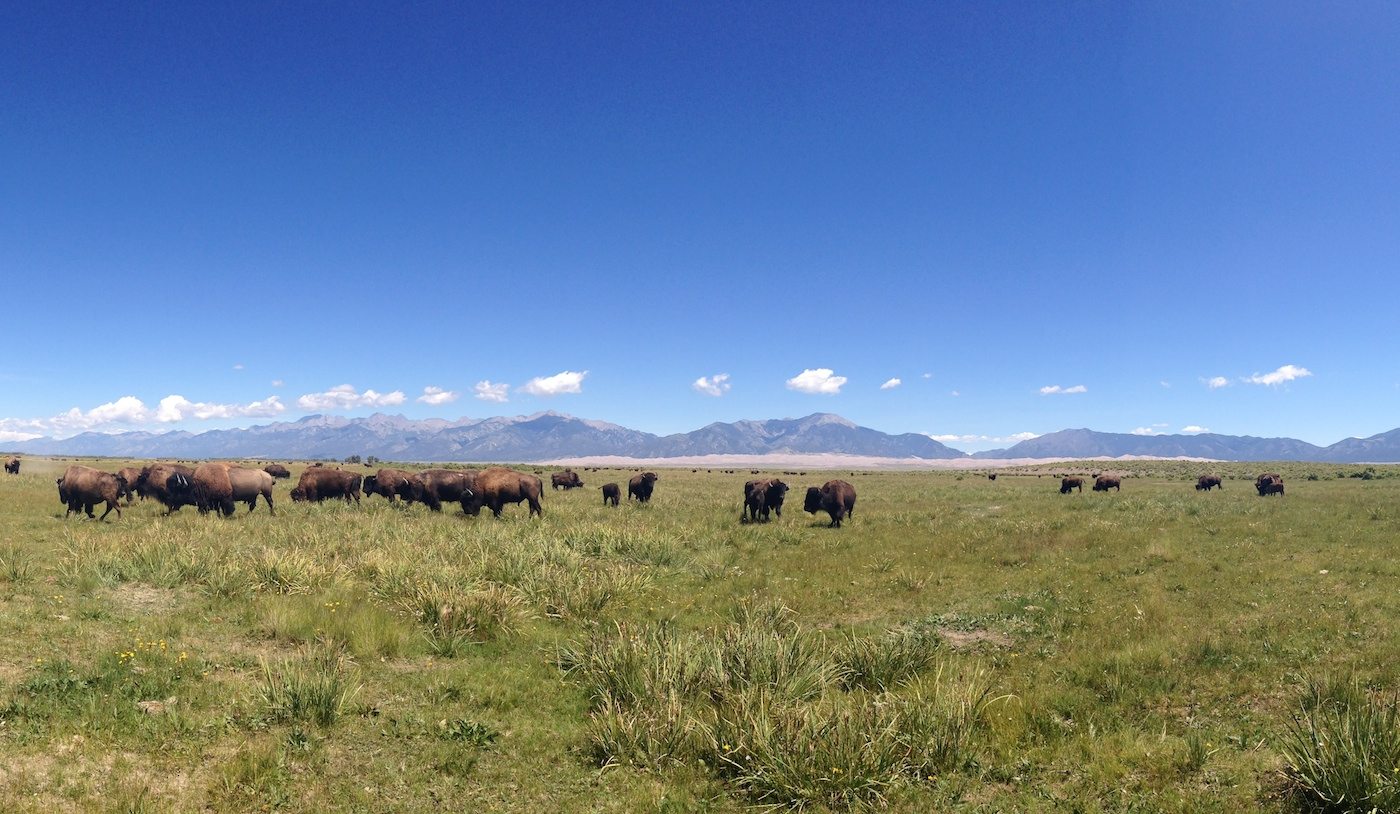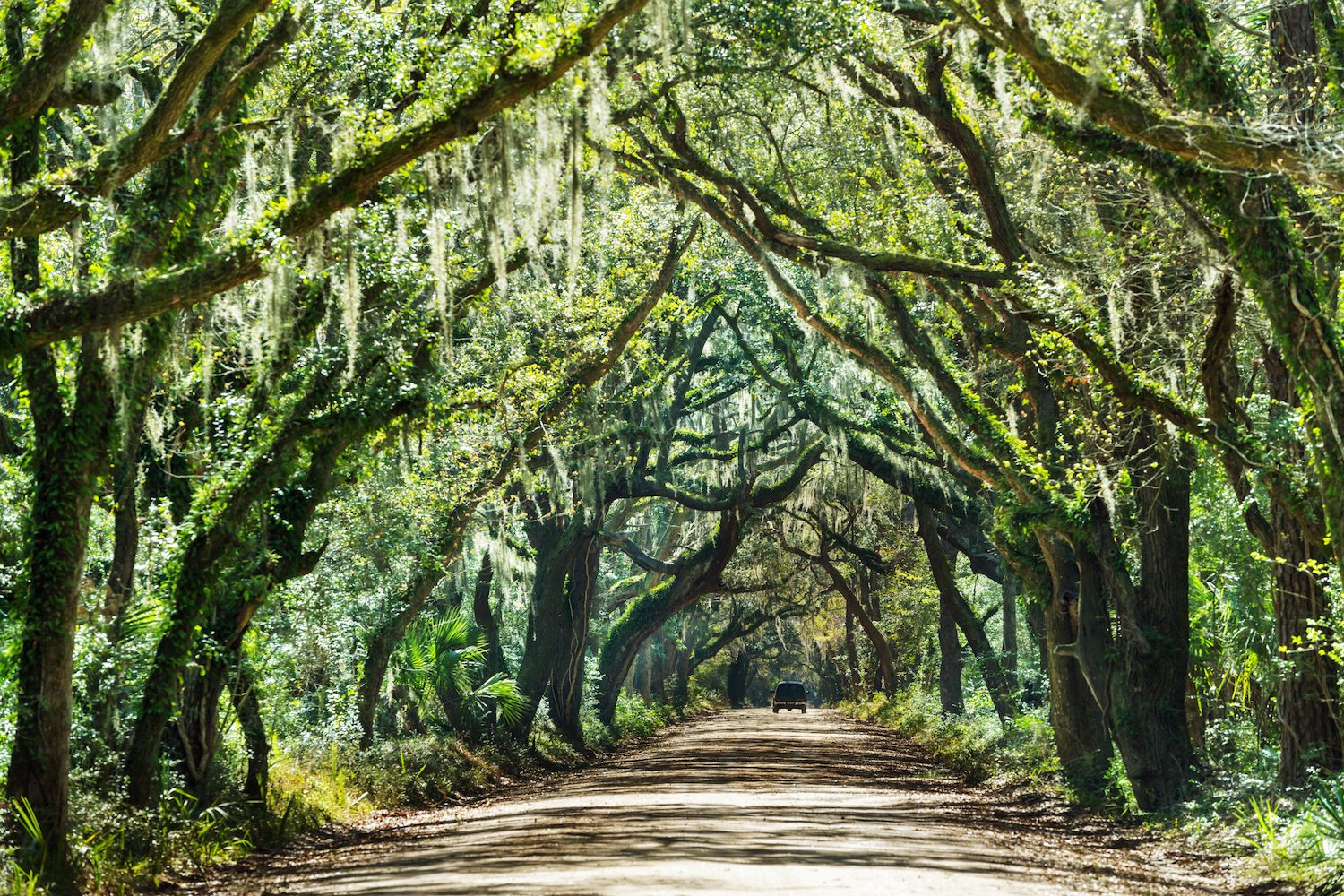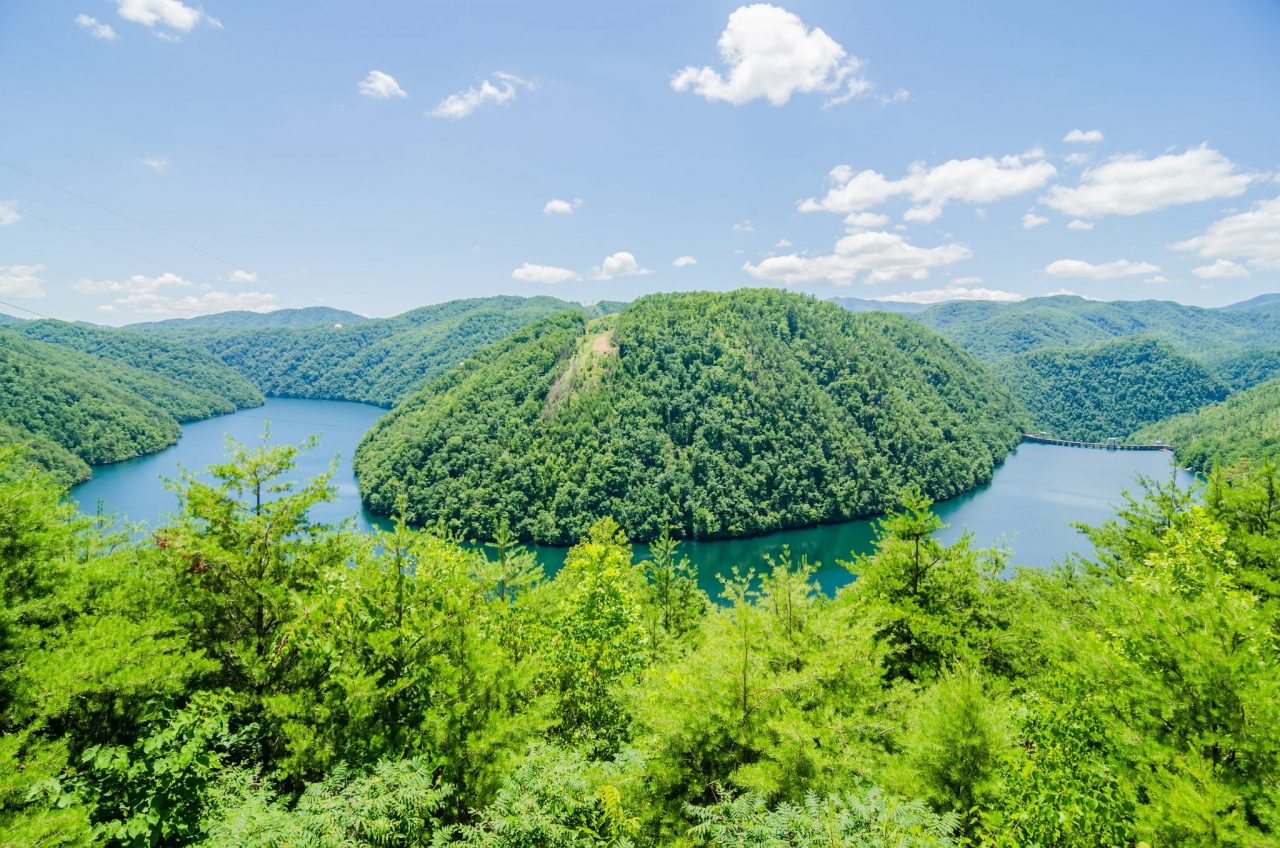Capitol Reef National Park is the least-known national park of Utah but is well worth a visit. Geologists place some of the exposed layers in the rock formations at 270 million years old, while younger layers of rock are dated to 80 million years old.
The Capitol Reef lands were originally settled by Native Americans in 500 CE, and the people who lived there are called the Fremont Culture. You can see evidence of their time in the national park in the form of petroglyphs. For the most easily accessible examples of ancient petroglyphs, stop at the boardwalk just east of the Fruita Schoolhouse on Utah Highway 24.
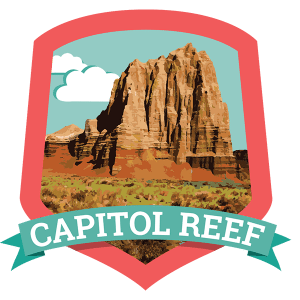
In the 1800s, the area was settled by the Mormons. Evidence of their settlement exists in the form of the Fruit Schoolhouse and fruit orchards. The orchards of Capitol Reef National Park are still fruitful, and if you visit in June through October you can taste fresh fruit from the trees for free (unless you’re taking it with you – then you’ll pay a fee).
This park is fairly large, but nearby the Capitol Reef National Park Visitor Center you can experience many of the parks features such as petroglyphs, arches, and an incredibly scenic drive through the bottom of a canyon. Pay attention to weather advisories if you’re taking the scenic drive and stop to talk to park rangers before setting out – the road runs directly over river washes, and at one point your road actually is the riverbed. It’s awesome.
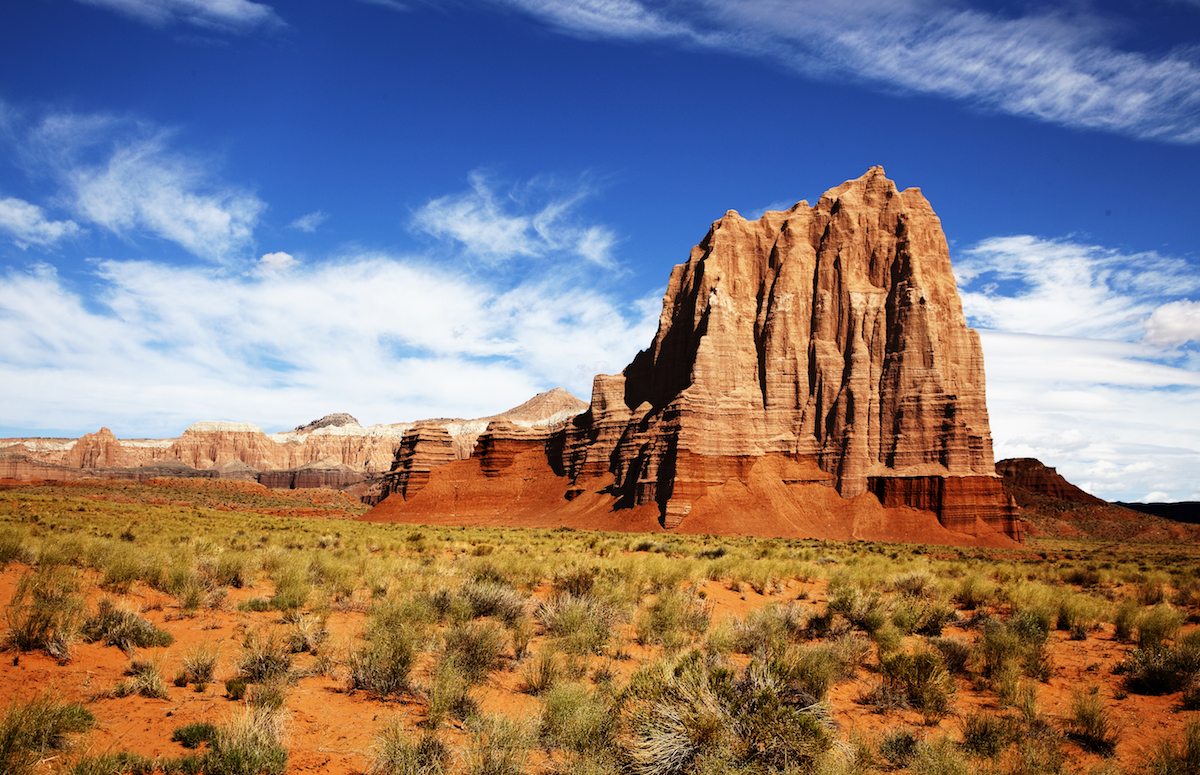
If you have more time to explore, consider a trip north to explore Cathedral Valley, home to many formations the park is known for. To do so you’ll need a four-wheel drive vehicle to navigate the unpaved roads.
The drive to Capitol Reef is incredible. Much of Highway 24 is an open range, so don’t be surprised to see cattle roaming near the road. Don’t forget to fuel up before driving this section of the state! You won’t see many cars or gas stations in these parts.
If you’re heading to Bryce Canyon next (as our Utah National Parks Itinerary suggests), take the scenic route west on 24 to Highway 12, to enjoy one of the most incredible drives in Utah (second only to Highway 9, which we’ll discuss later!). It will take you longer than if you go to the interstate, but the views are worth it.


